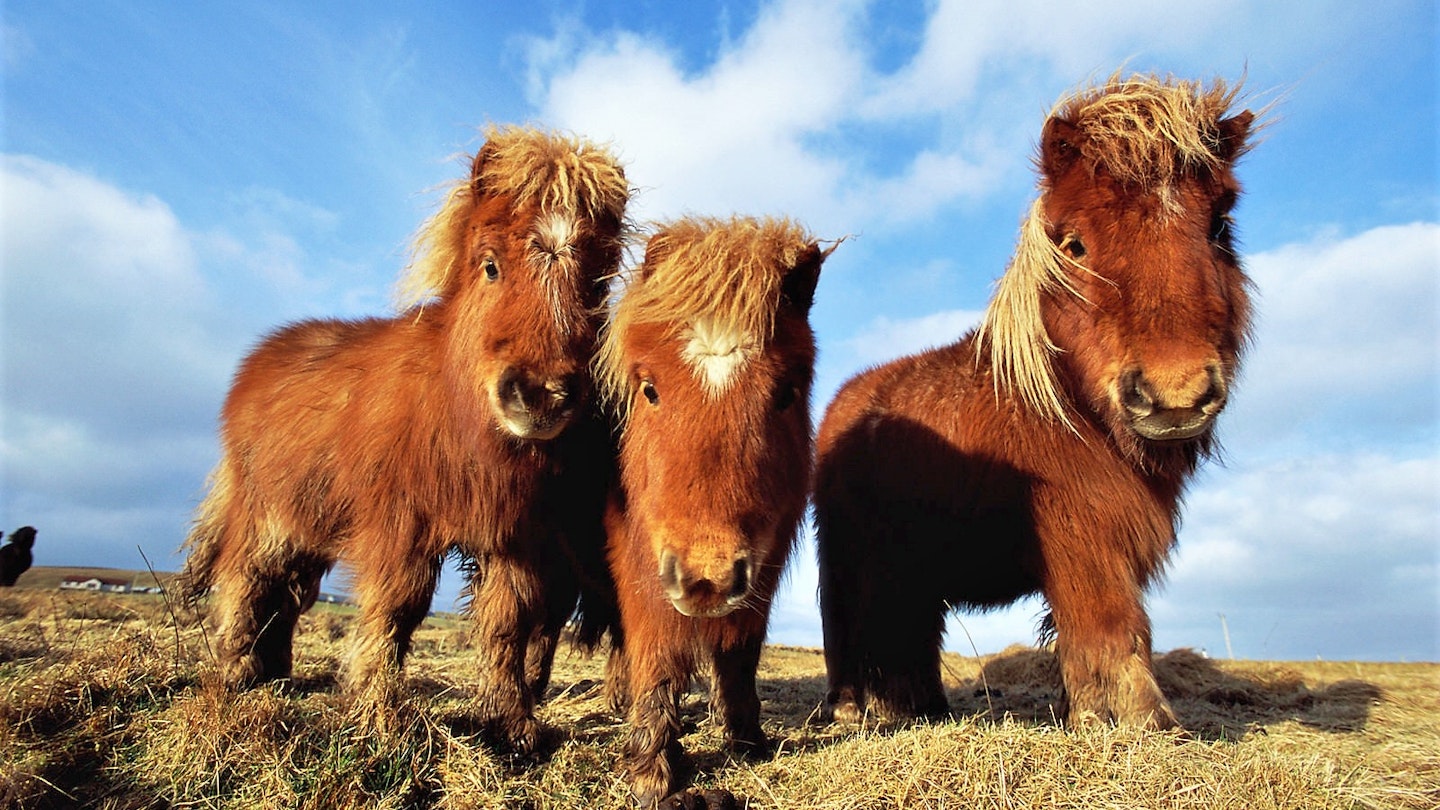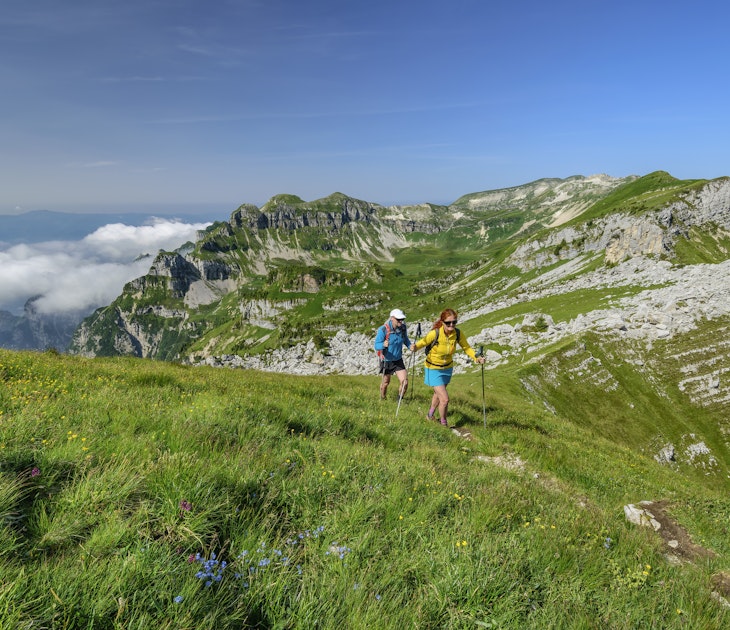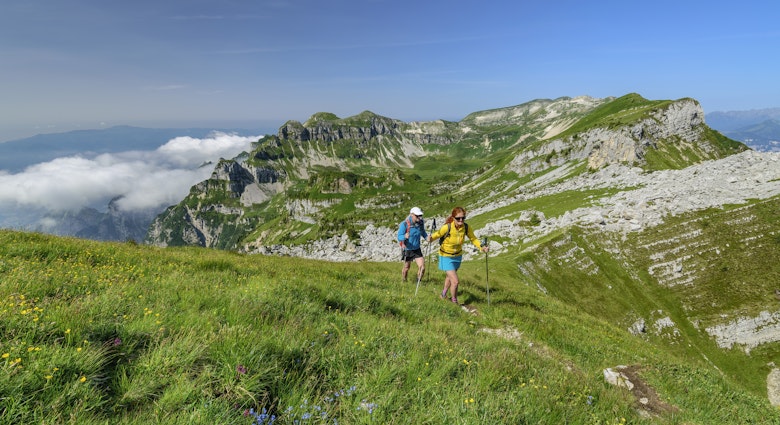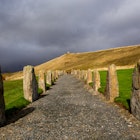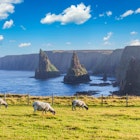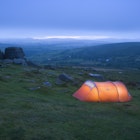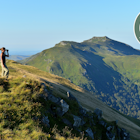For remoteness and adventure in the very north of Britain, Shetland, an archipelago of islands halfway between the UK and Norway, offers all the best of Scotland but without the crowds. Some 170km off the country's north coast, travellers will find small Shetland ponies roaming wild, a vast playground for outdoor adventures, and a people that likes their knitwear cosy and their Viking traditions alive and kicking.

All points north
Where the Atlantic Ocean meets the North Sea and Scandinavia meets Scotland is Britain's most northerly point, Shetland, made up of some 100 islands, 15 of which are inhabited. Explore Mainland, or take the ferry to second largest island Yell, bird-haven Fetlar, remote Out Skerries, or Unst, the northernmost of Britain’s northernmost isles. Getting to Shetland can be quite an adventure in itself. To honour the island's maritime heritage take the passenger ferry from Aberdeen, a 12-hour overnight trip through the often rough and stormy North Sea. Look out for dolphins during the day and do some stargazing at night in the light-pollution-free skies.
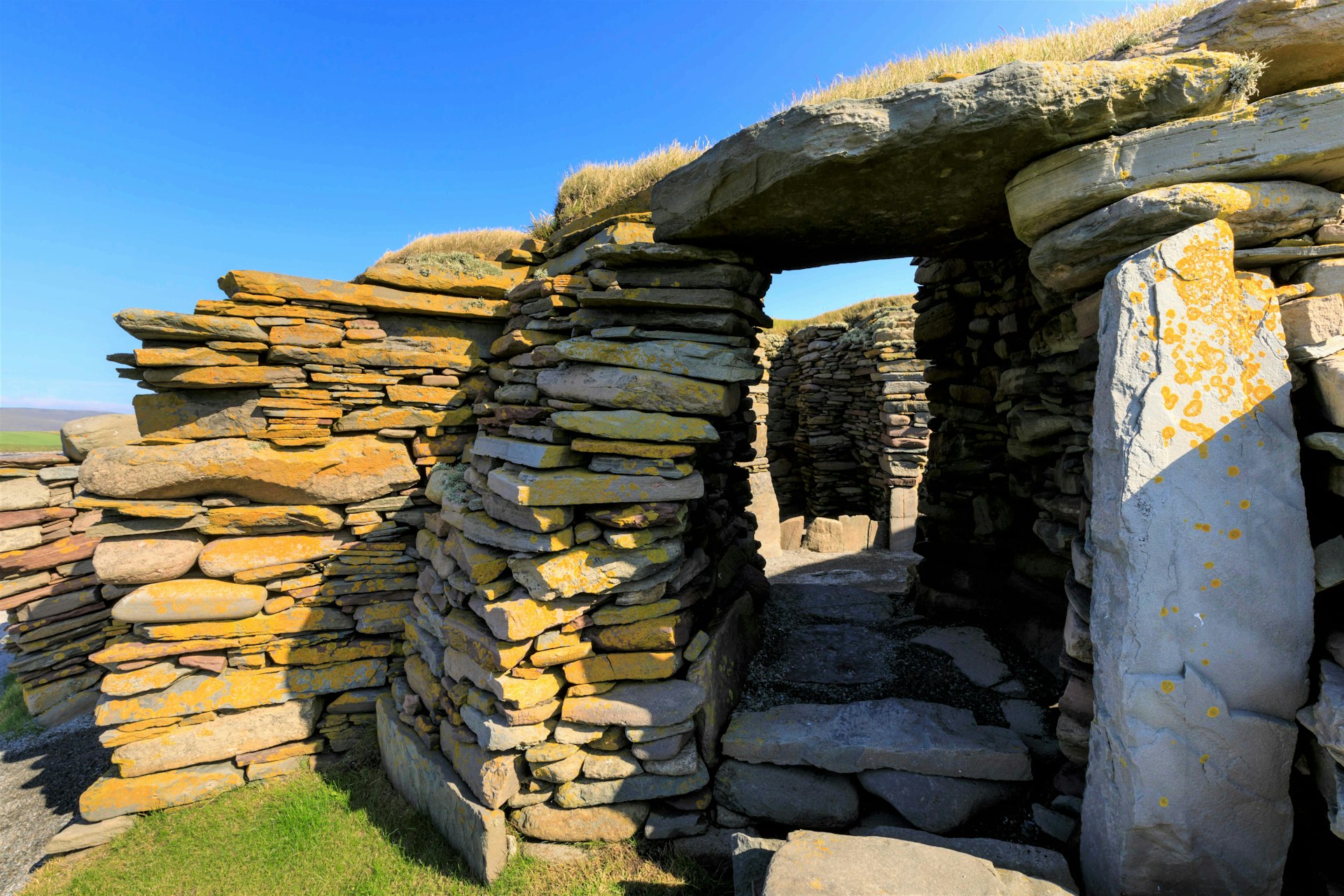
Viking heritage and beyond
The Vikings took Shetland by storm. The islands were right in the middle of the Scandinavians' sea-based empire and so it's hardly surprising that some 1200 years ago many of them stopped here, built houses and established farms. Visit Unst to see the longhouse sites at Hamar, Underhoull and Belmont, a Viking longship replica and Shetland’s largest standing stone. Viking culture is celebrated each January when communities celebrate Up-Helly-Aa: dressed in Viking costumes, locals carry a galley boat in a spectacular torch-lit procession through the streets before setting it on fire.
Pre-Viking Shetland goes back millennia and many sites offer fascinating glimpses into the islands' ancient past, the best of which is undoubtedly Jarlshof on Mainland. Often described as 'one of the most remarkable archaeological sites ever excavated in the British Isles', this is an extraordinary place that was occupied and redeveloped over some four thousand years.
Fiddle frenzy in Lerwick
Lerwick, the capital of Shetland, is a vibrant base from which to explore the island. A quirky little place, built directly on the waterfront with waves crashing directly against some of the buildings, it has plenty of pubs putting on weekly live music nights, when the local fiddle players show their talent and visiting players are often welcome to join in. The city's musical calendar includes the Shetland Folk Festival, the Shetland Accordion & Fiddle Festival and the aptly named 'Fiddle Frenzy'. Get those dancing shoes on.
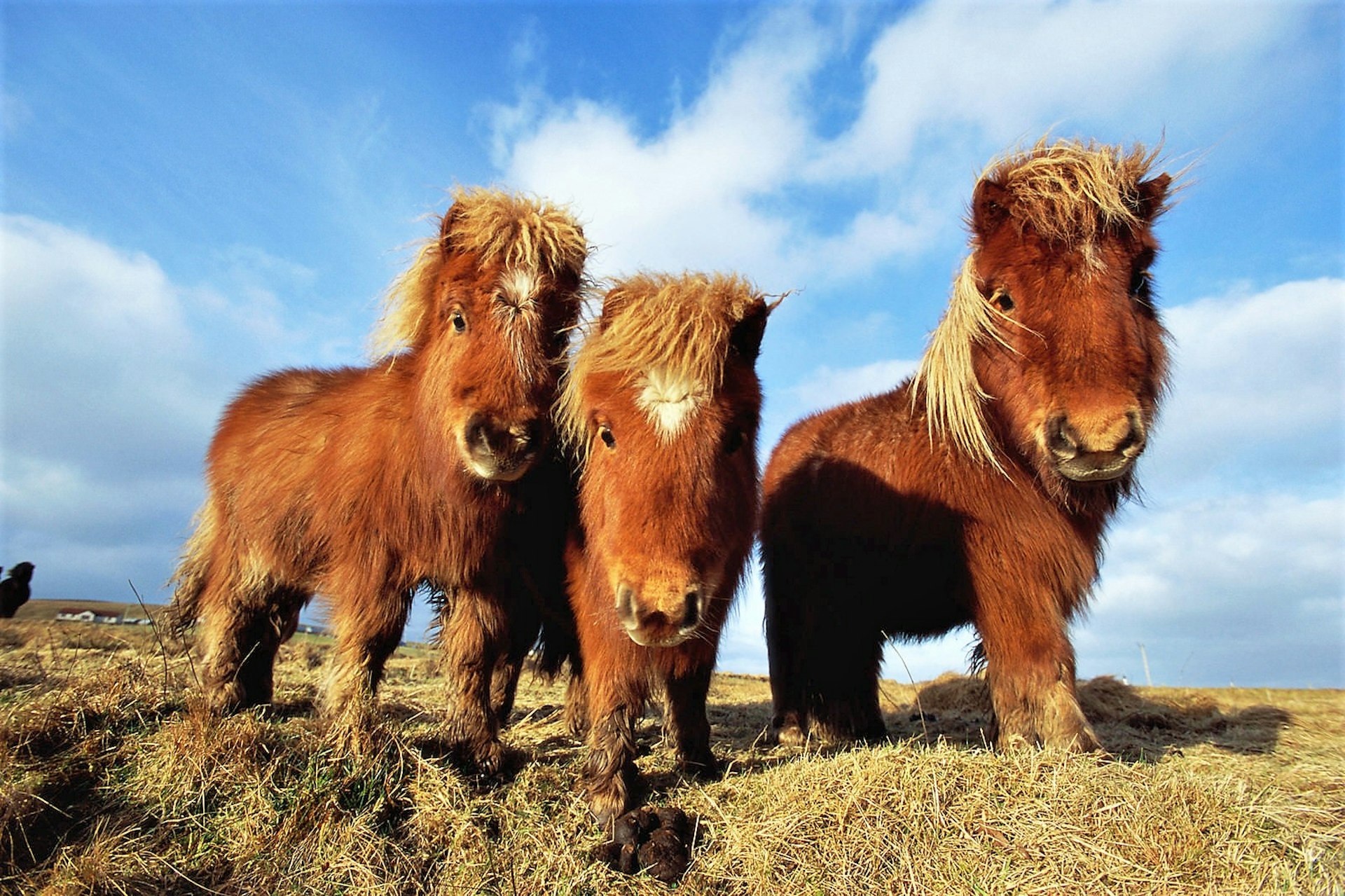
Dratsies, selkies and ponies
Shetland is a bird watcher's paradise. In summer, the moorlands of Yell are alive with breeding birds, from red-throated divers to golden plovers, and if you're really lucky you might even spot one of Britain’s smallest birds of prey, the merlin. Head over to Unst where Hermaness National Nature Reserve boasts many beautiful walks with bird-watching opportunities, or to the tiny and remote island Out Skerries, which is busy with rare birds during the migration months. Even more spectacular is watching the nesting on the steep cliffs – Sumburgh Head is a good example, where fulmars and black guillemots are common and Scotland’s signature bird, the puffin, can be found too.
When it comes to mammals Shetland doesn't do too badly either: dratsies (aka otters) can often be seen playing in the shallows; whales migrate through the waters here; and selkies (aka seals) enjoy some rock basking at low tide. But the best known animals are the famous Shetland ponies, the largest population of which can be found on Unst where they roam the common grazing land. These tiny but hardy ponies were once used for ploughing and in mining, where they were in great demand due to their strength. Today they are still bred on the islands in large numbers, and you can easily find the fluffy little fellows when you travel around, often grazing by the roadside. They are cheeky and curious, so hide any snacks you have deep in your pockets.
Northerly barrels and crags
Adventure seekers that don’t get their thrill from just hiking spectacular coastline can scratch that activity itch on Shetland. The sea between the islands makes for some fine kayaking and sailing, and there are some good surf spots for those not afraid of the chilly water – the best are found near Sumburgh Head (befriending the local surfers might lead to the discovery of some more elusive barrels). The islands are also a great climbing destination. The black, towering cliffs at Eshaness contain the most spectacular climbs, with the added excitement of the North Atlantic snapping at your heels.
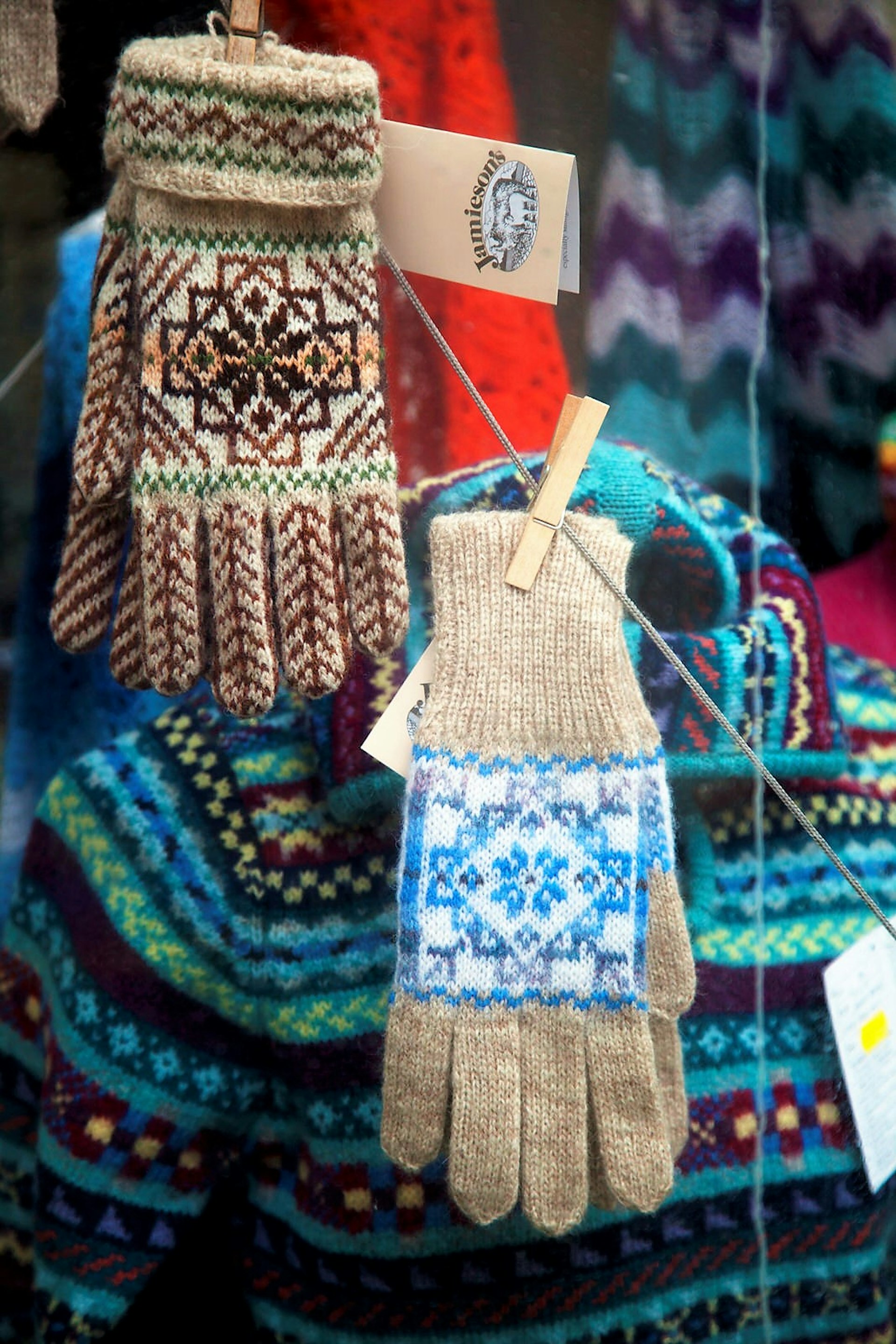
Knitting know-how
Shetland has an abundance of sheep and thus wool, meaning top-quality knitted goods are high on the list of souvenirs on offer. The delicate patterns differ from island to island – you can find everything from brightly coloured items to more subtle earth-toned options. A Shetland wool sweater is not only about looking pretty though: the thick wool will keep you warm in the fickle island weather that can change from bright sunshine to freezing hail in just a few minutes. The knitting year culminates in the annual Shetland Wool Week at the end of September.
The fairest of them all
If the islands of Shetland are not remote enough for you, take a ferry or plane to Fair Isle. Situated between Orkney and Shetland, this lone rock in the middle of the roaring North Sea is populated by a sturdy 70 or so islanders who live in traditional crofts on the island's southern third – the remaining land belongs to the sheep and the birds. Fair Isle is famous for its internationally renowned bird observatory (destroyed by fire in 2019 but hopefully rebuilt soon) and for its signature knitting patterns that come in traditional, bright colours.
https://shop.lonelyplanet.com/products/scotlands-highlands-islands-4
